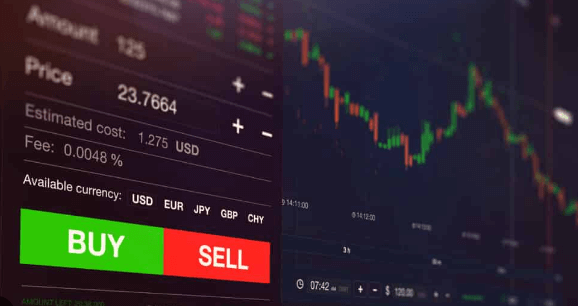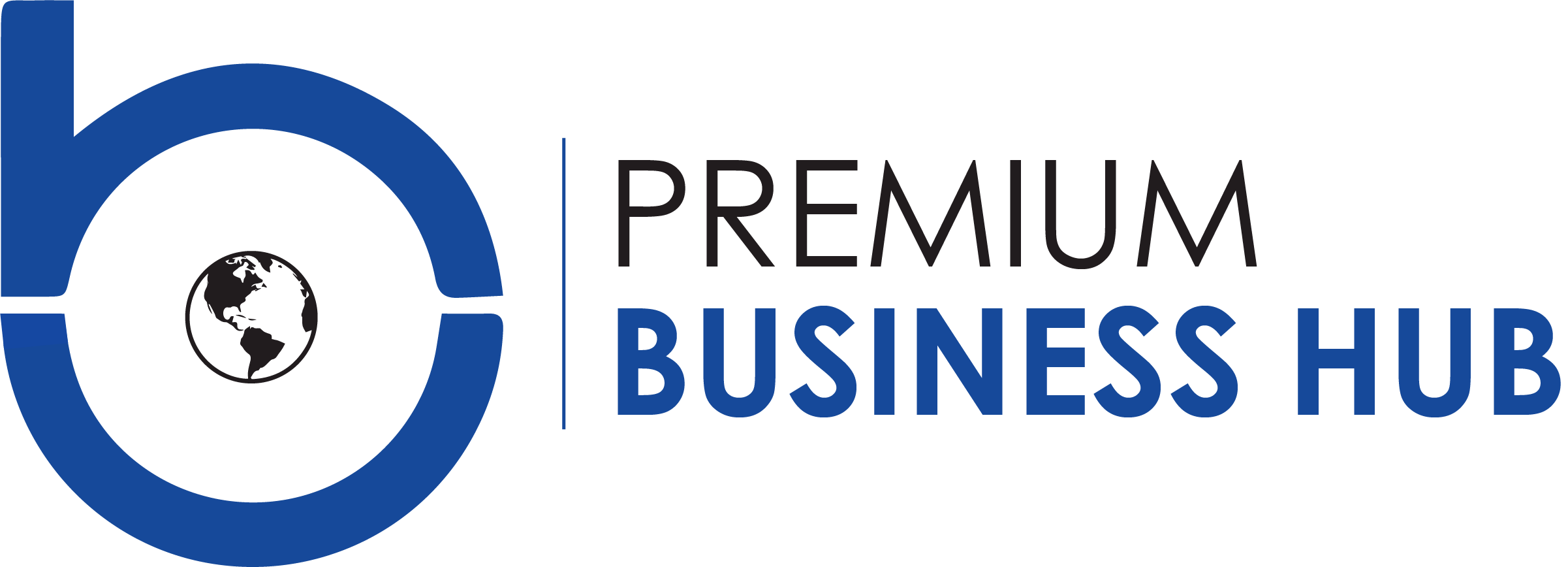Learn How to Trade Forex: A Comprehensive Guide

The forex market, short for “foreign exchange,” is the largest financial market in the world, with an average daily trading volume exceeding $6 trillion. Every day, countless individuals and institutions engage in buying and selling currencies, driving the intricate dance of exchange rates. If you’ve considered joining this vast financial arena, you’re probably wondering how to start. Here’s a comprehensive guide to help you learn how to trade forex.
Understanding the Forex Market Basics
Forex trading involves the simultaneous buying of one currency and selling another. These transactions are conducted in currency pairs, such as EUR/USD (Euro/US Dollar) or USD/JPY (US Dollar/Japanese Yen). Each pair represents the value of one currency in relation to the other.
Get Educated
Before diving into the world of forex trading, it’s crucial to educate yourself. Numerous online resources, courses, and books are dedicated to helping beginners learn how to trade forex. Topics to focus on include:
- Market Fundamentals: Grasp concepts like supply and demand, inflation, interest rates, and geopolitical events.
- Technical Analysis: Learn to read and interpret charts, understand indicators, and recognize patterns.
- Risk Management: Understand the importance of setting stop-loss orders and how to calculate risk-reward ratios.
Choose a Reliable Forex Broker
Your broker will be your gateway to the forex market. It’s essential to choose a broker that offers:
- A robust trading platform
- Competitive spreads
- Strong customer support
- Proper regulation by financial authorities
Open a Forex Trading Account
Once you’ve selected a broker, you’ll need to open a trading account. This typically involves providing some personal information, undergoing identity verification, and depositing funds.
Start with a Demo Account
Before trading with real money, start with a demo account. It lets you practice trading in real-time market conditions without risking your capital. This phase allows you to test your strategies, get familiar with the trading platform, and build your confidence.
Analyze the Market
Two main types of analysis can guide your trading decisions:
- Fundamental Analysis: This examines macroeconomic indicators, such as GDP growth, interest rates, and unemployment. It helps traders predict long-term currency movements.
- Technical Analysis: This involves studying price charts and using statistical measures to predict future price movements.
Develop a Trading Plan
A well-thought-out trading plan is essential. It should outline your risk tolerance, profit goals, evaluation criteria, and trading strategy. This plan acts as a roadmap, ensuring that emotions don’t drive your trading decisions.
Stay Updated
The forex market is influenced by global events. Stay informed about world news, especially in major economies. Economic calendars, which list important upcoming events like central bank meetings or employment reports, can be invaluable.
Keep Emotions in Check
One of the most challenging aspects of forex trading is managing your emotions. Fear and greed can derail even the most seasoned traders. It’s essential to stick to your trading plan, stay disciplined, and approach trading with a clear mind.
Continue Learning
The forex market is dynamic, with evolving trends and patterns. Continuous learning and adapting will help you stay ahead. Whether you’re a beginner or a seasoned trader, there’s always something new to learn in the world of forex.
Conclusion
To successfully learn how to trade forex, it’s crucial to approach the market with diligence, patience, and a thirst for knowledge. Remember that trading involves risks, and it’s possible to lose more than your initial investment. However, with proper education, a solid plan, and a disciplined mindset, forex trading can be a rewarding endeavor.


